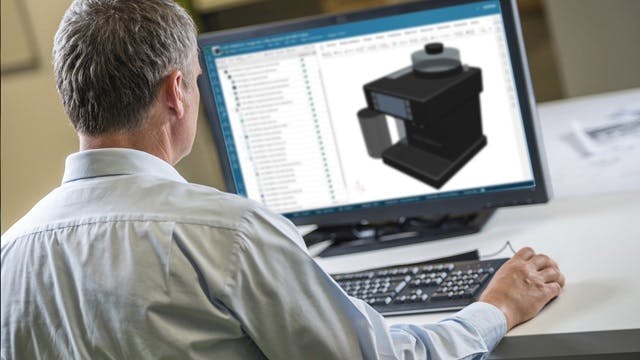¿Cómo establecer procesos de fabricación más flexibles, adaptables y eficientes y optimizar la productividad de fabricación para satisfacer los complejos requisitos de los clientes?
Implemente una solución de planificación de procesos de fabricación que le ayude a planificar, simular, optimizar y validar la producción. Desarrolle y capitalice un hilo digital compartido que se ejecuta a lo largo de todo el proceso de fabricación.






